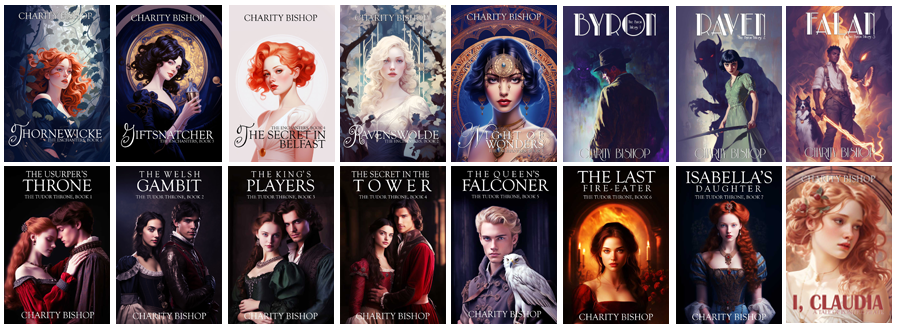 The
Pale Horse (2020)
The
Pale Horse (2020)
Loosely inspired on one of Agatha Christie's lesser known last novels, this production features massive changes from the original book and characters and an ambiguous ending.
Life seems relatively normal for Mark Easterbrook (Rufus Sewell). Caught up in a tepid marriage with a controlling wife, he routinely leaves her side to meet his mistress in town -- and wakes up beside her to find her dead. Fearing he may get blamed, Mark removes all evidence of his presence in her apartment and leaves her for someone else to find. Soon, a local policeman summons him in for questioning -- but to his surprise, on a different matter. They found another woman dead in an alley with a list of people's names in her shoe. Mark's was on it, beside a question mark. The inspector (Sean Pertwee) wants to know why, but Mark has never seen her before.
Curious, and pestered by a paranoid man (Bertie Carvel) whose name is also on the list and who suspects witchcraft is involved, Mark starts to unravel a sinister series of events that include mysterious deaths, people's hair falling out, and a tiny town that seems to celebrate the dark forces. But can he discover the truth before he winds up the latest casualty?
This is the latest in a series of Christie adaptations by Sarah Phelps -- and arguably, her least-effective. She left most of Christie behind, altered the characters and their primary relationships with each other, included an adulterous subplot, and made Mark wholly unlikable as a protagonist. It's a weird case with no resolution in the sense that while Mark finds out what happened, the police never do -- and the film ends so abruptly, the audience doesn't know what happens beyond that point, if the inspector will learn the truth, or if one of the main characters is dead or alive or delusional. It leaves questions for the audience to ponder about whether a character is bipolar or another suffers from their own version of a mental illness. It is tedious at times and feels longer than its too-short two hours.
The cast is wonderful and the costumes perfect for the period. It's a beautiful thing to look at, but somewhat hollow and the ending is more irritating than creatively inspiring. Arguably her best work was And Then There Were None -- and sadly for the cast and crew, this one just can't hold a candle to it.
Sexual Content
Implied adulterous affair (a man kisses a scantily-clad
woman, then wakes up in bed beside her).
Language:
Half a dozen abuses of Jesus / Christ's name, several
uses of God, half a dozen f-words.
Violence:
Various bodies are found. People are clubbed over the
head, set on fire, beaten to death (off-screen) or left
for dead.
Other:
A trio of sinister witches cast spells, rid people of
dark auras, read fortunes, and look at tarot cards. Various characters believe
in their powers.
